Moths of the Lower Rio Grande Valley
LRGV Specialty Moths - Geometers
These are moths that (according to the Moth Photographer's Group) are only found in the Lower Rio Grande Valley.
Disclaimer: This collection is
not comprehensive!
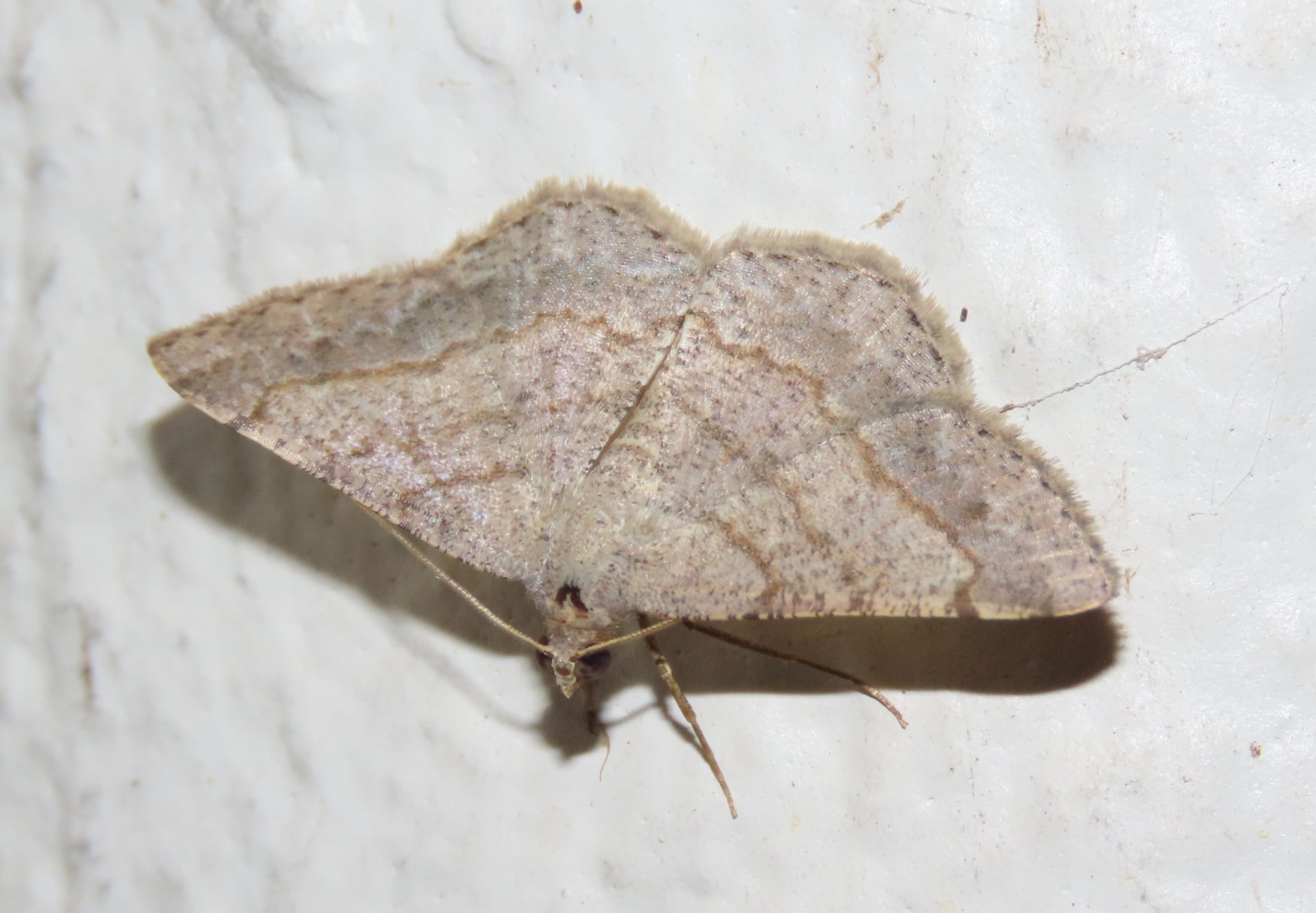
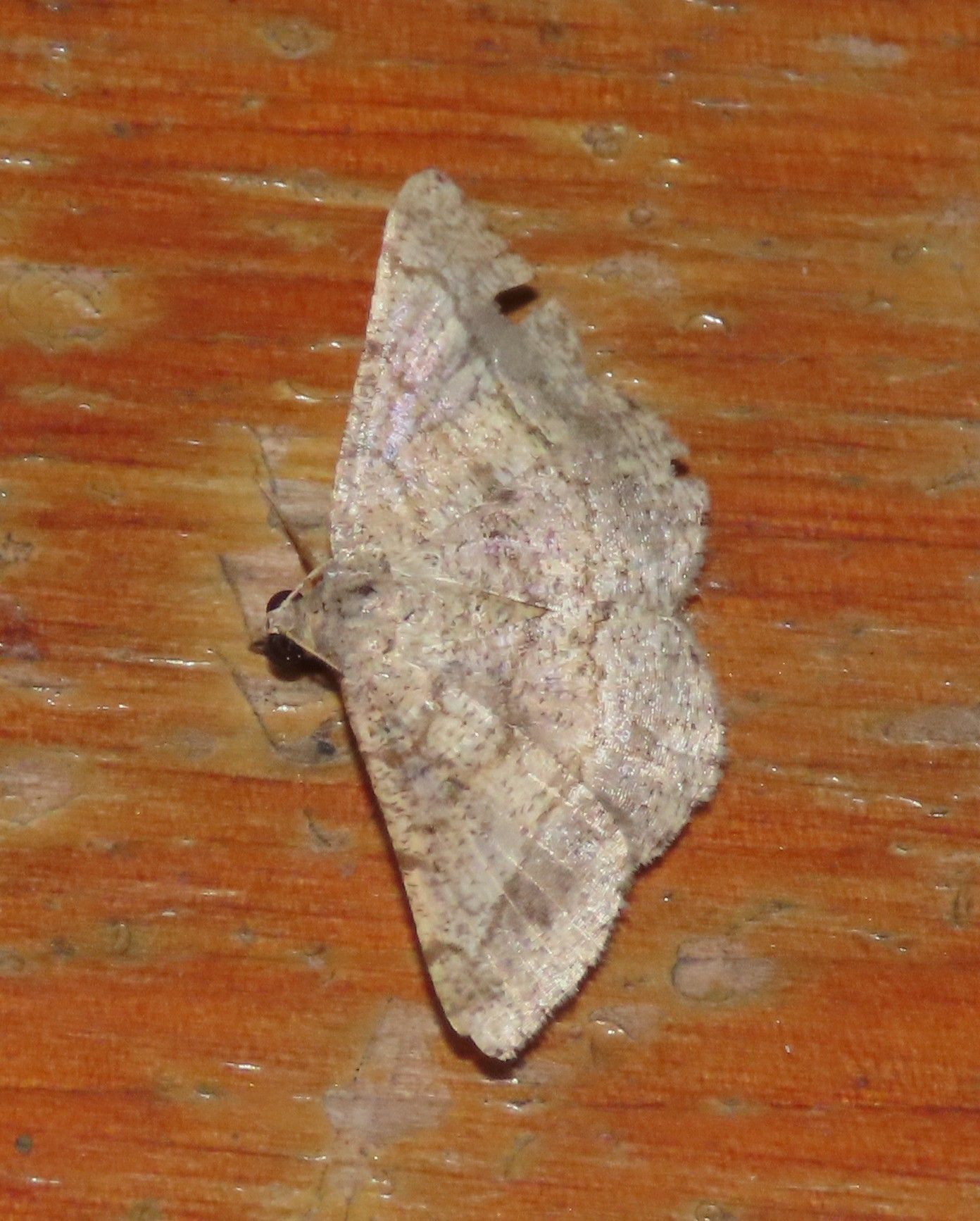
Stipulated Looper (Frederickia [Rindgea] stipularia)
This peppery grayish-brown looper has an ST area that is just slightly darker than the rest of the wings, with no bold black spot along the PM line as in some other species, but the key field mark on this looper is the kink in the PM line as it approaches the costa. Many of these Rindgea loopers are similar, variable, and in many cases impossible to pin down to species! Recorded July to November.
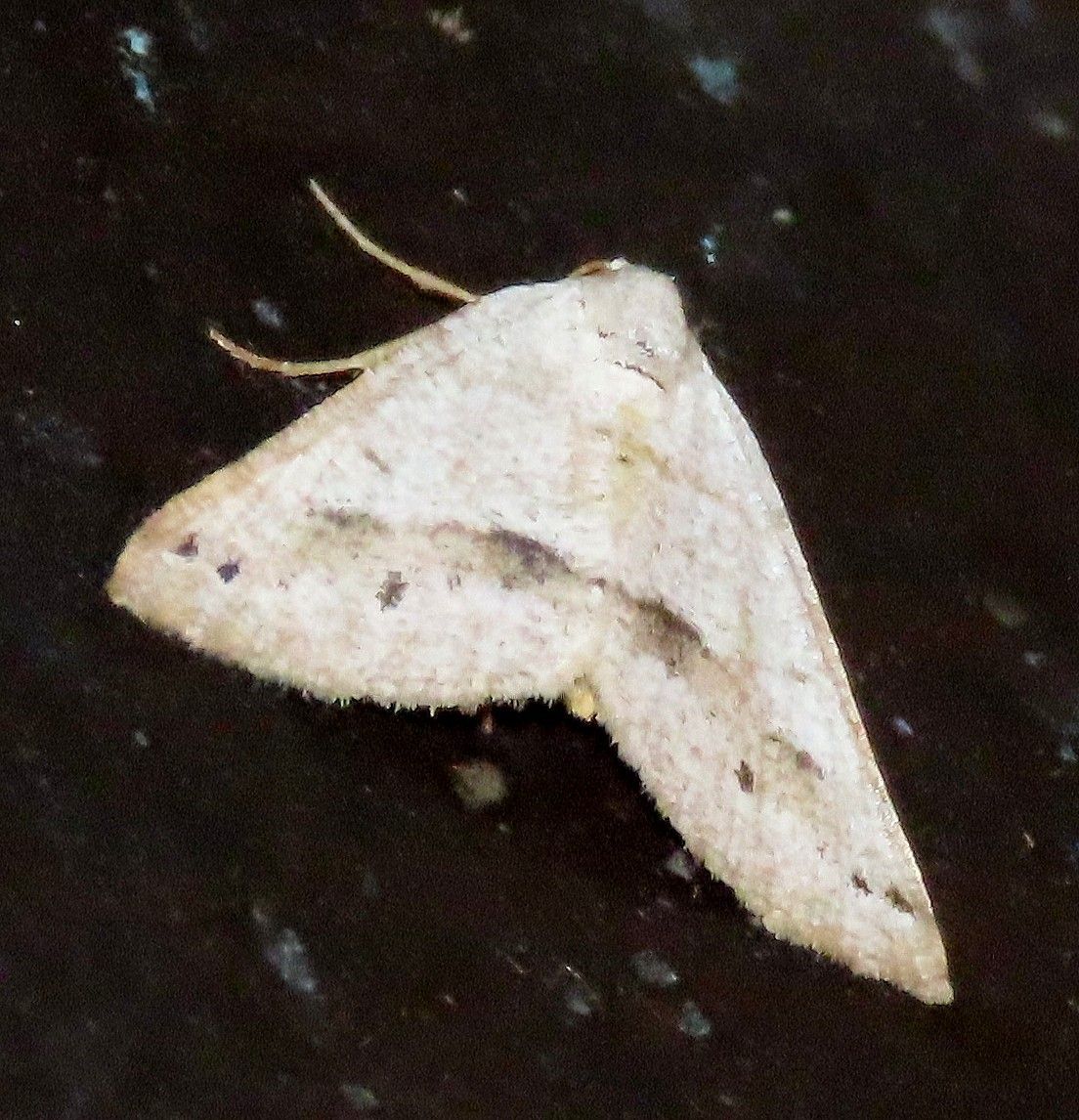
Grossbeck's Granite (Macaria grossbecki)
This extremely rare LRGV specialty can be easily overlooked as a washed-out Boldly-marked Granite, as Bianca Banda almost did with her bug (see her moth photos here), which turned out to be the first live photograph of this species (with the above photo apparently being the second)! It has a sinuous PM line similar to the Signate/Mesquite Loopers, but is whitish overall with a small black discal spot in the median area (beware that the other granites also have this) and small spots in the ST area. Recorded once in October.
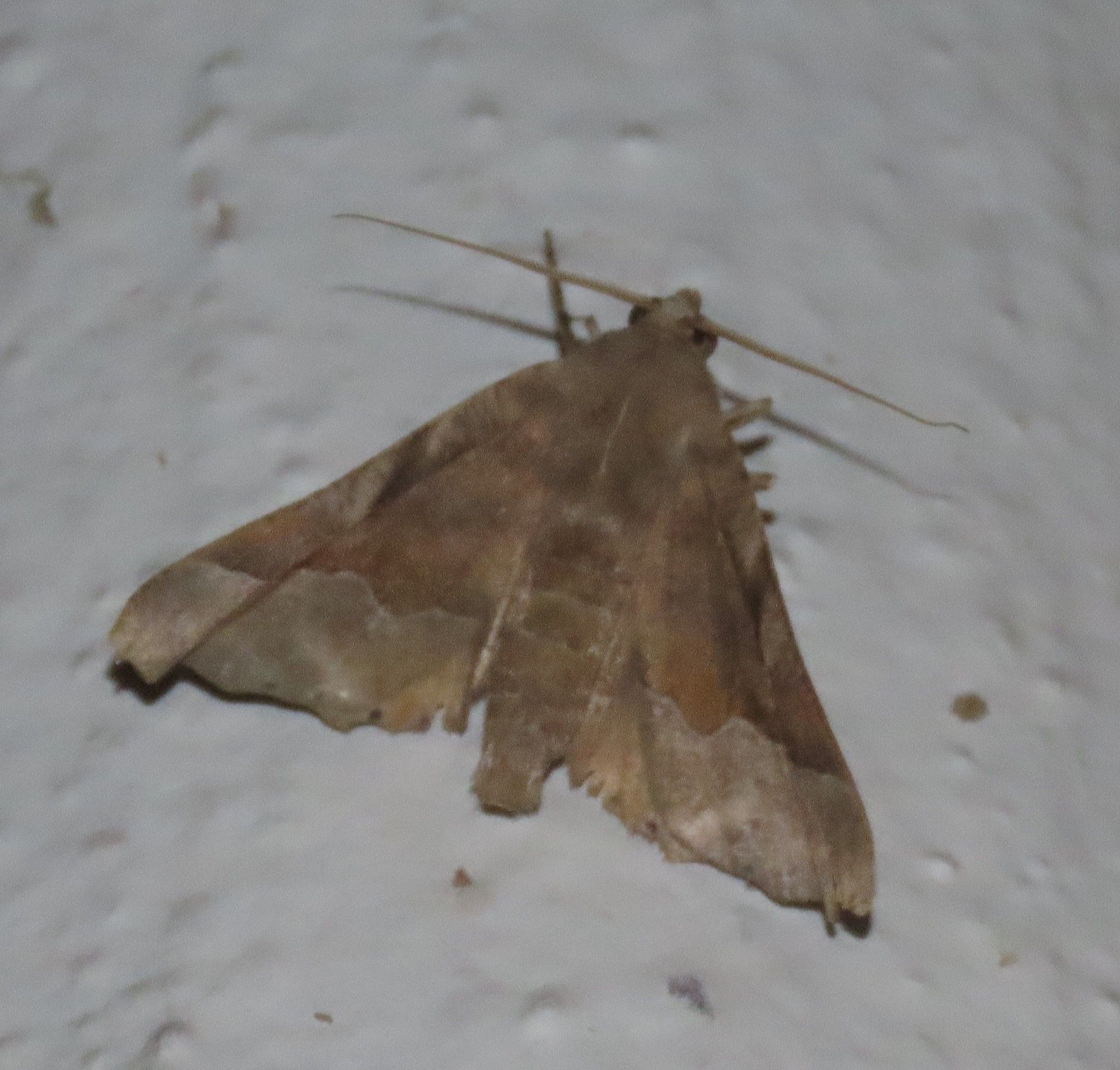
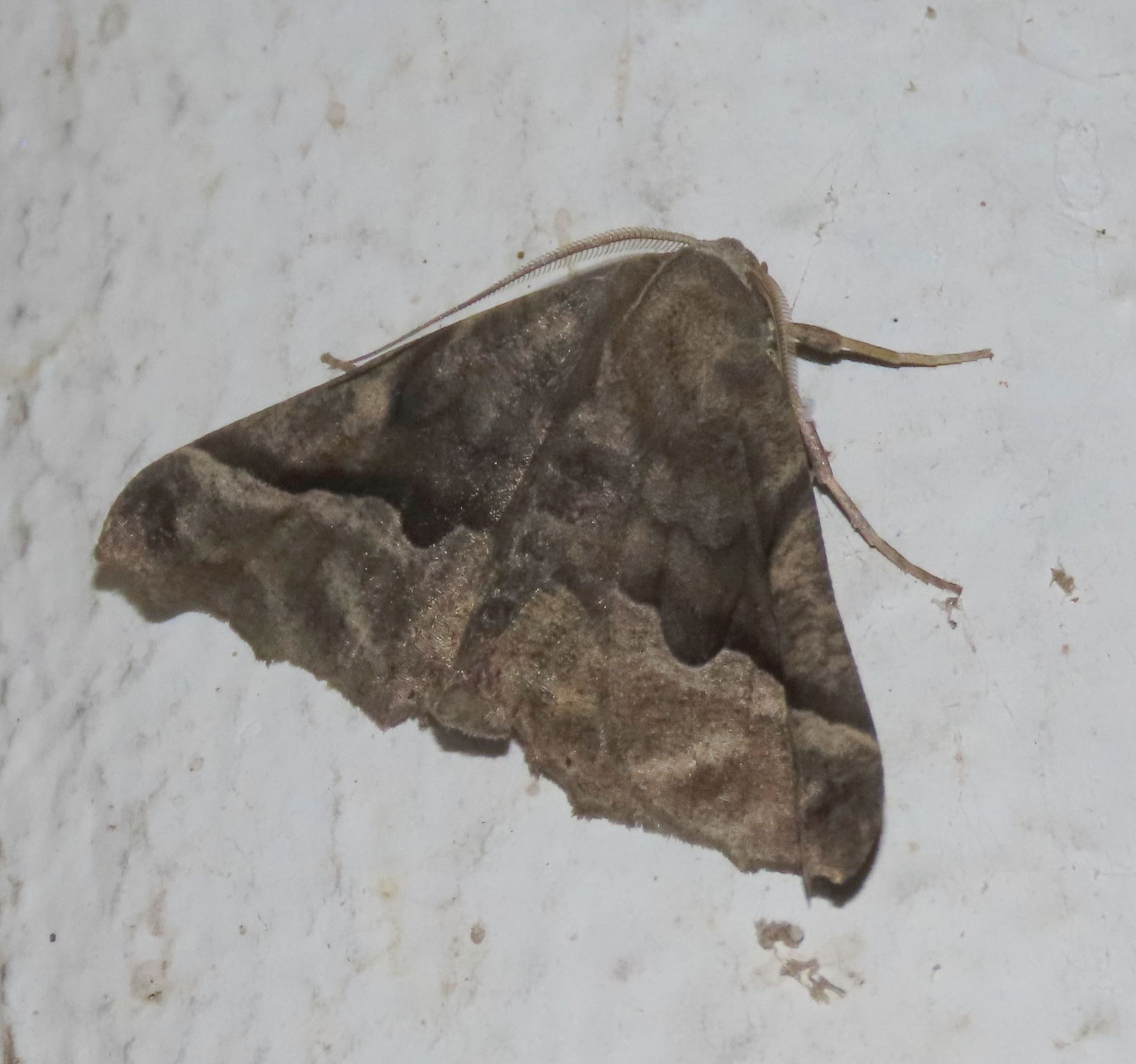
Stepping Pero (Pero astapa)
A good field mark is the lack of a white dot along the costal fold that the highly variable Meske's Pero shows, but the clinching field mark for this species is the diagonal black slash along the costal fold, bordered by pale slashes. Recorded twice, in May and June.
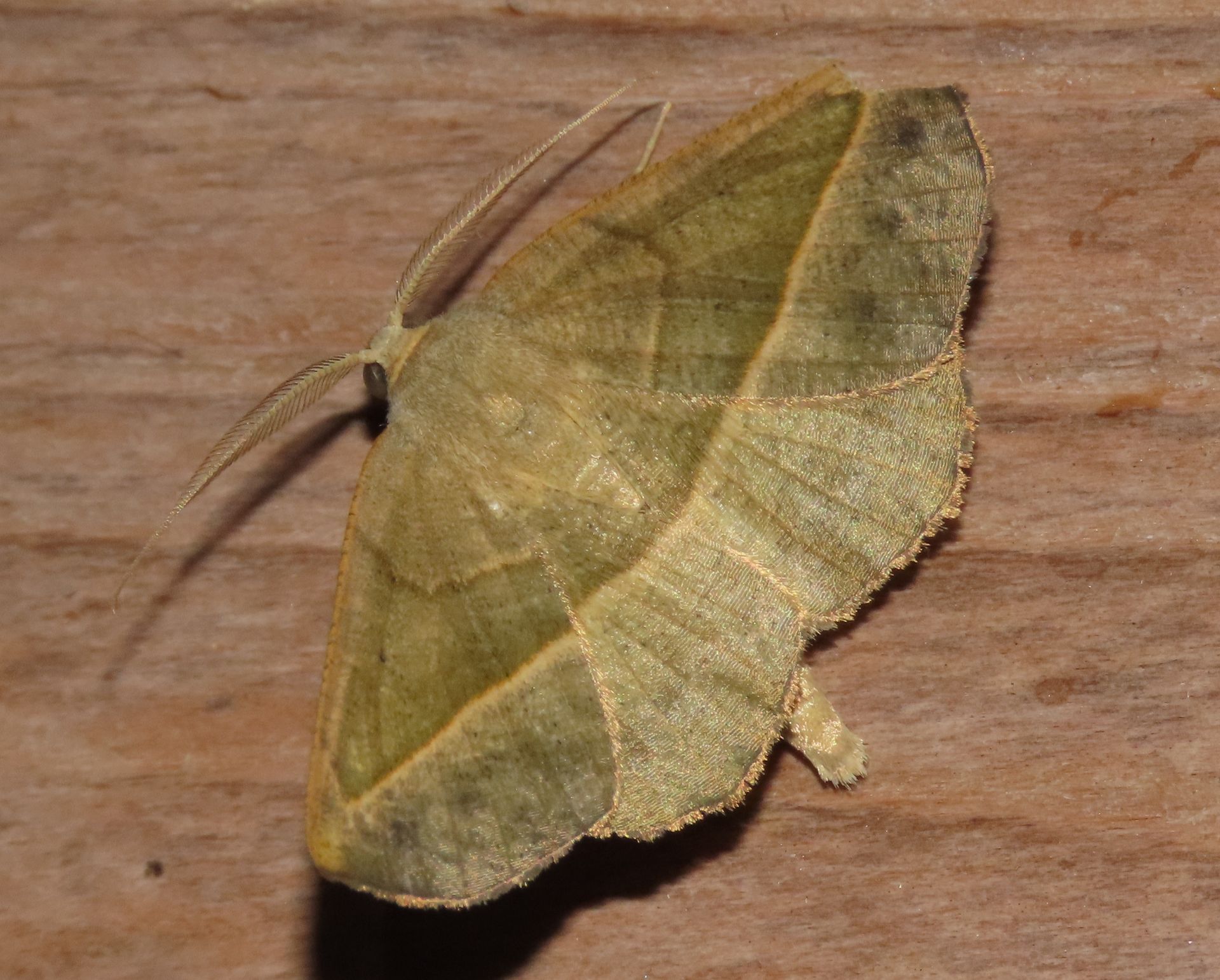
Tropical Dark-edged Eusarca (Eusarca subflavaria)
The ST area below the PM line on the forewing is usually noticeably darker, but can be more subtle. Can be similar to Confused Eusarca (Eusarca confusaria), but apparently they don't show the darker coloration in the forewings. More strongly-marked individuals are virtually identical to the "Eastern" Dark-edged Eusarca (Eusarca fundaria), which does not occur here. Recorded once in June.
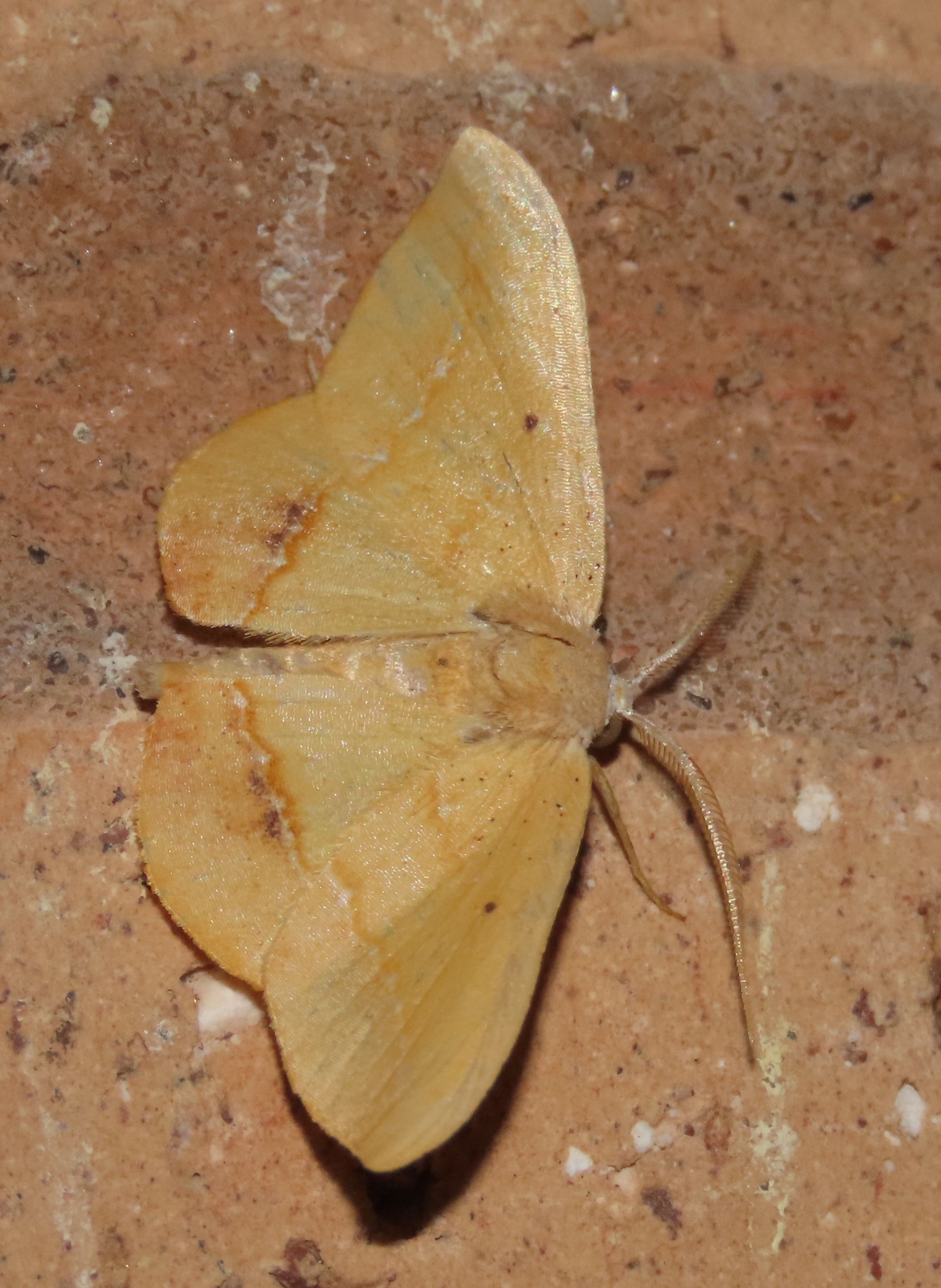

Nicoaria/Epionated Geometer (Patalene nicoaria/epionata)
Of these two virtually identical species, the Nicoaria has been recorded in the LRGV while Epionated (according to the MPG) is a West Indian species. Both of these golden moths can show diffuse brownish marking along the orange PM line on the hindwing, and two black discal spots in the forewing. Both of these individuals were recorded in June at Resaca de la Palma State Park.
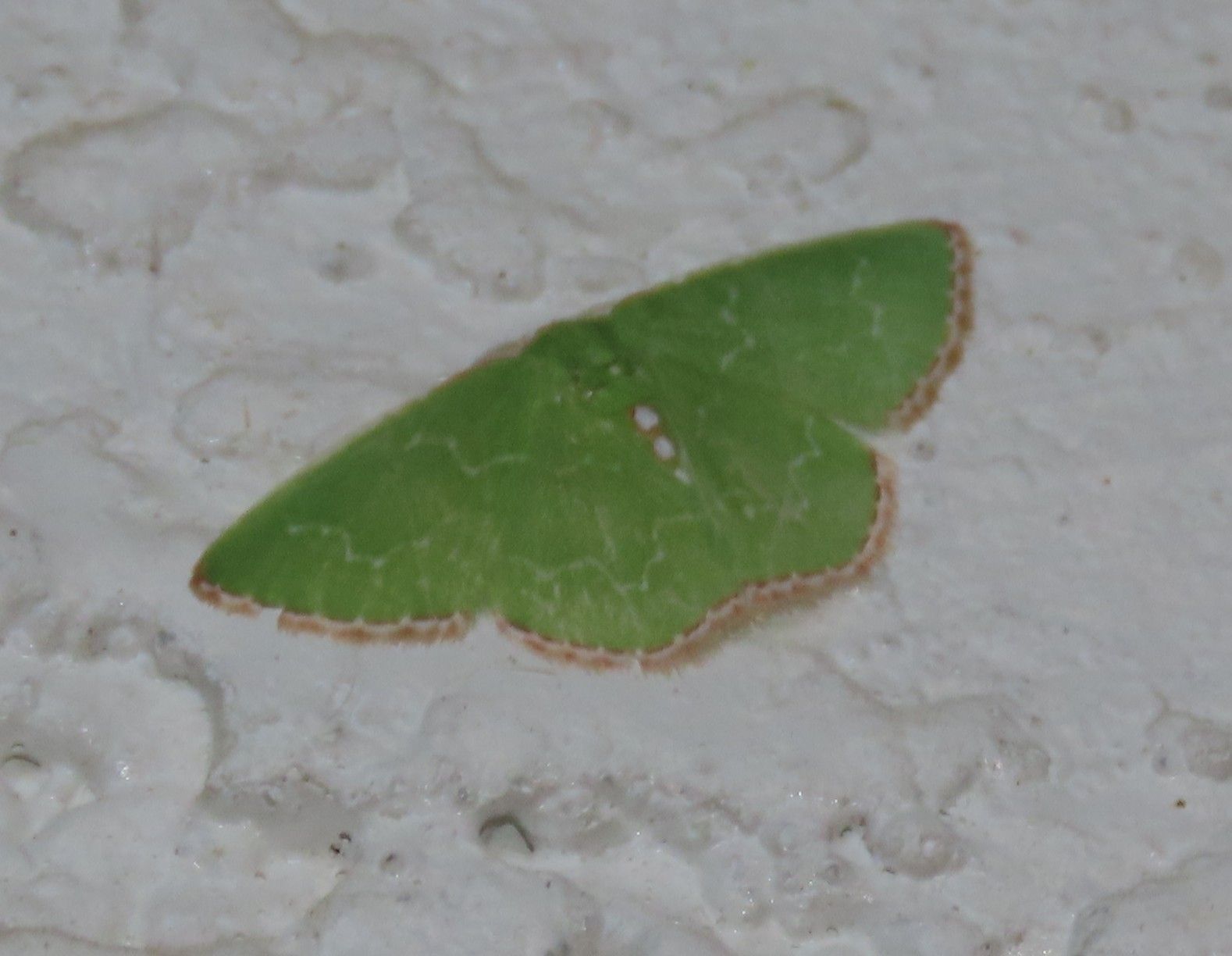
Irregular Emerald (Synchlora irregularia)
Similar to the more expected Southern Emerald with its crazy wavy AM and PM lines, but the large white spots on the abdomen are diagnostic. Some bugs also have black discal spots on all wings. Recorded once in July at Laguna Atascosa NWR.
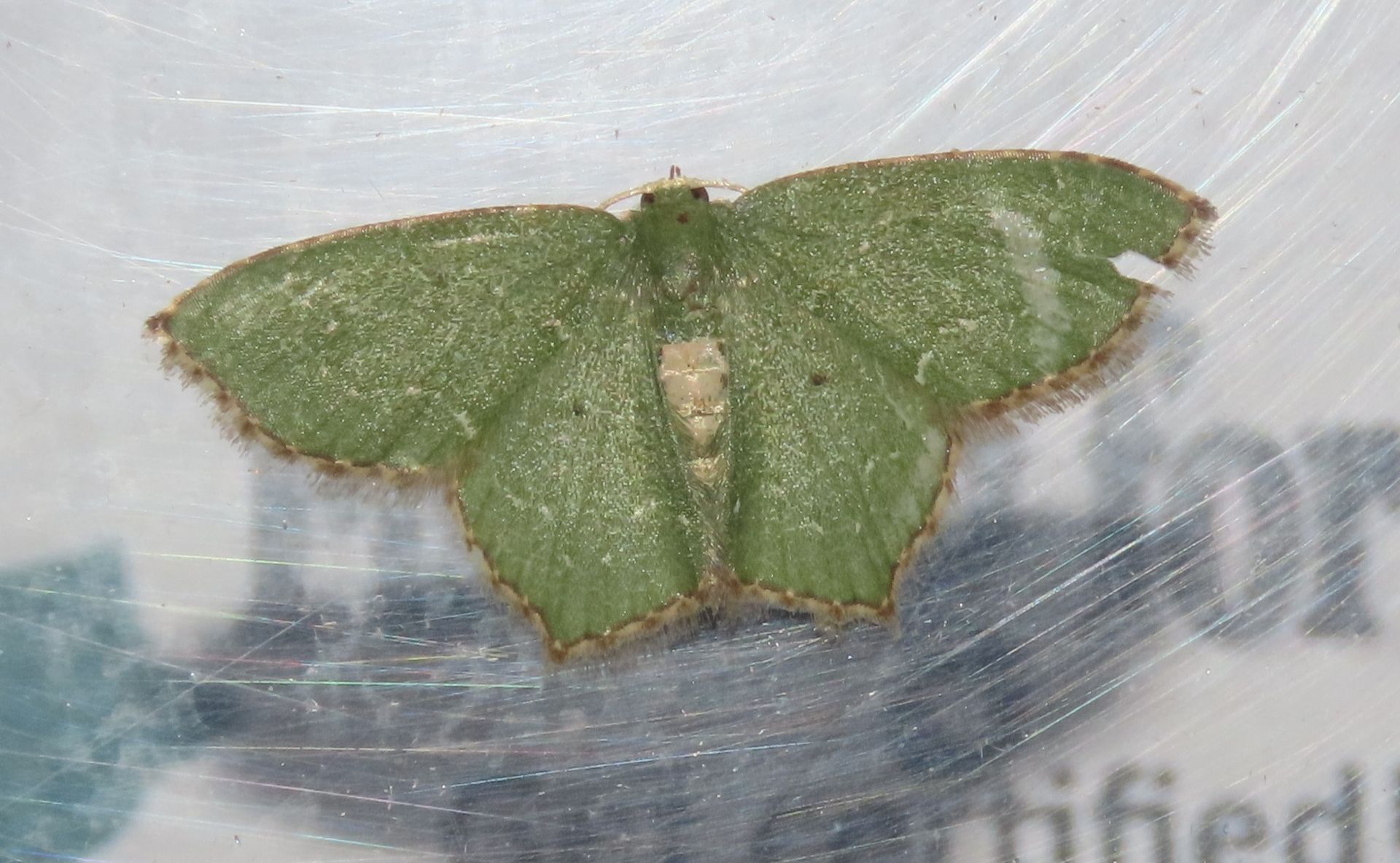
Nordic Emerald (Chloropteryx nordicaria)
Easily told from other emeralds by the angled hindwings. Ranges up to the Coastal Bend. Recorded May to July with records in January, March, and November.
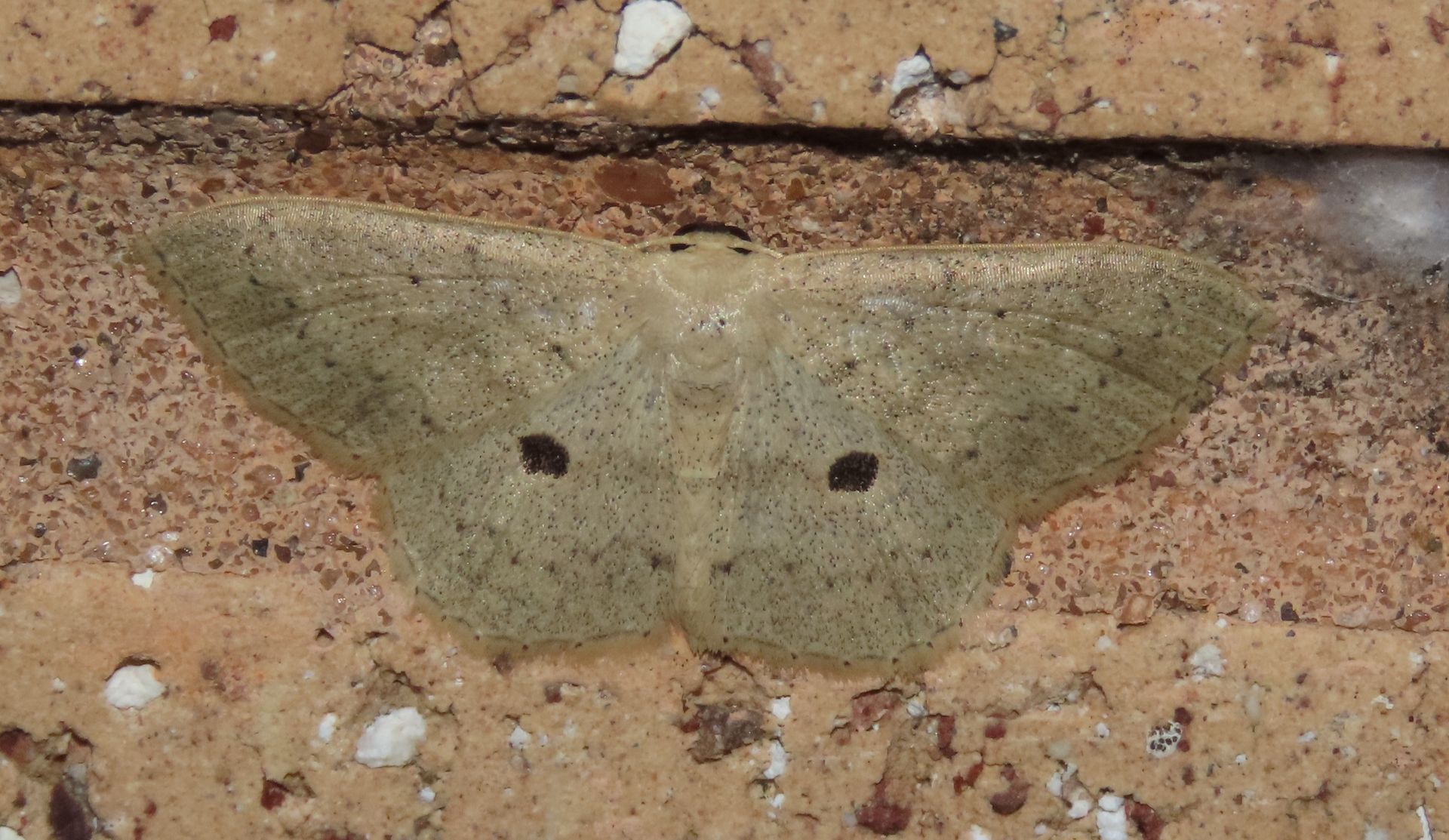
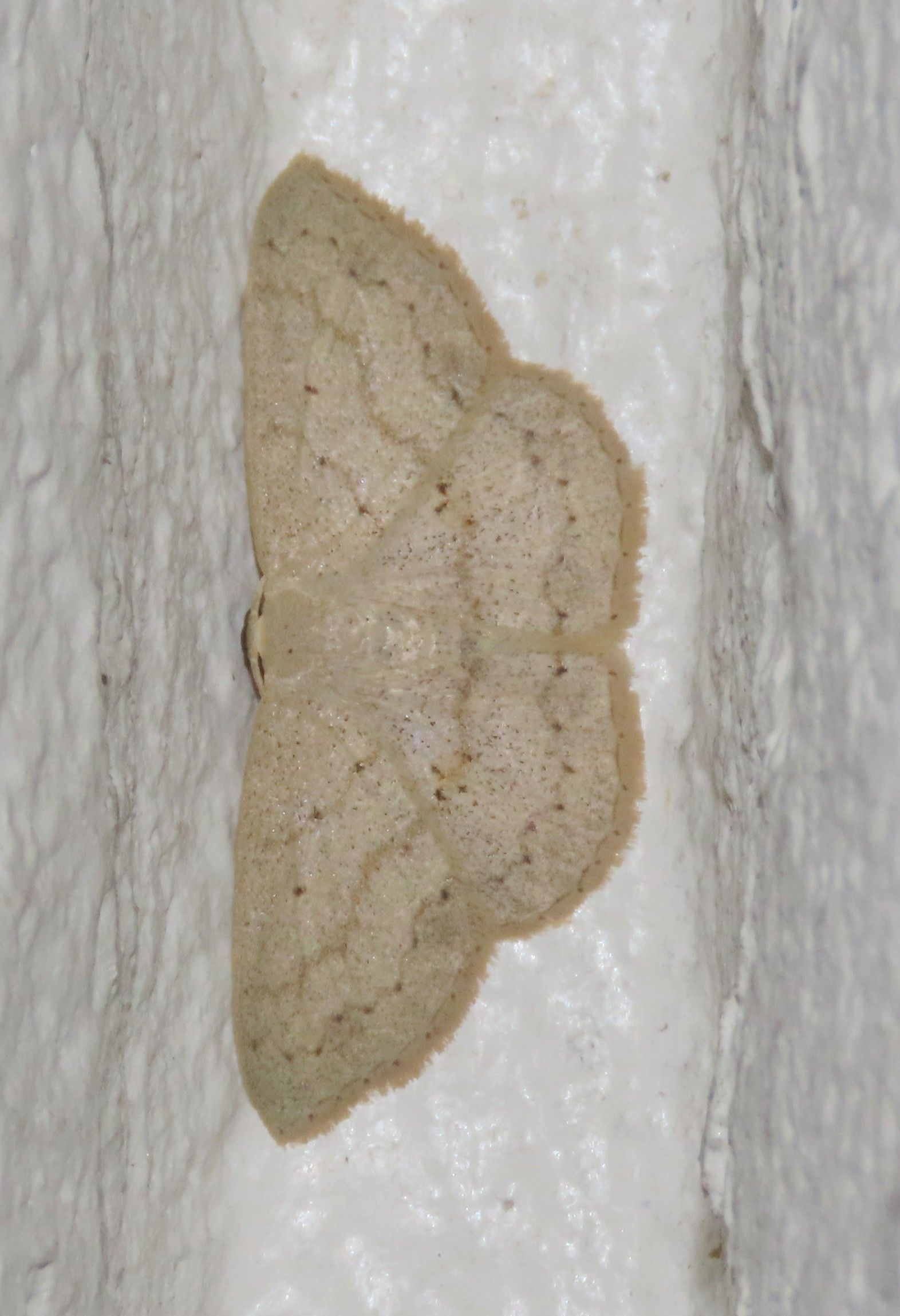
Canton Wave (Semaeopus cantona)
The large black spots on the hindwing are diagnostic when present, but some bugs have nothing more than a "snake-bite" pattern of four clustered dots where the big spots should be (right) and are harder to identify. Recorded in June.


Margined Wave (Semaeopus marginata)
This golden moth has prominent rusty AM, median, and PM lines, with darker smudging in the ST area. The more widespread Golden Wave (Semaeopus ella) can also have dark smudging, but in the entire ST area, has less prominent bands, and bold discal spots. Recorded January to February.
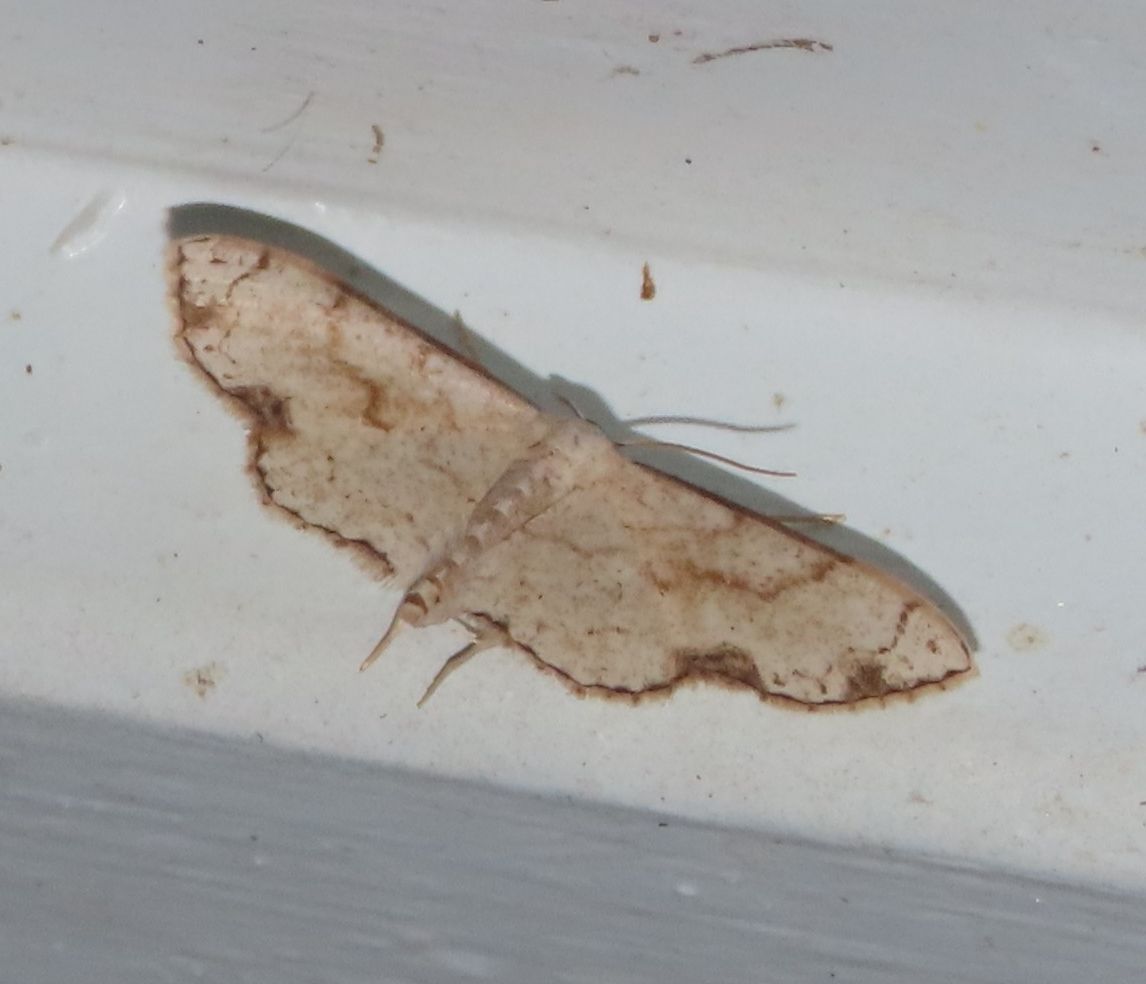
Adorned Wave (Ptychamalia dorneraria)
Superficially resembles the Margined Wave in wing pattern, but is much smaller and paler overall, with a contrasting dark brown ST line. Recorded in November.
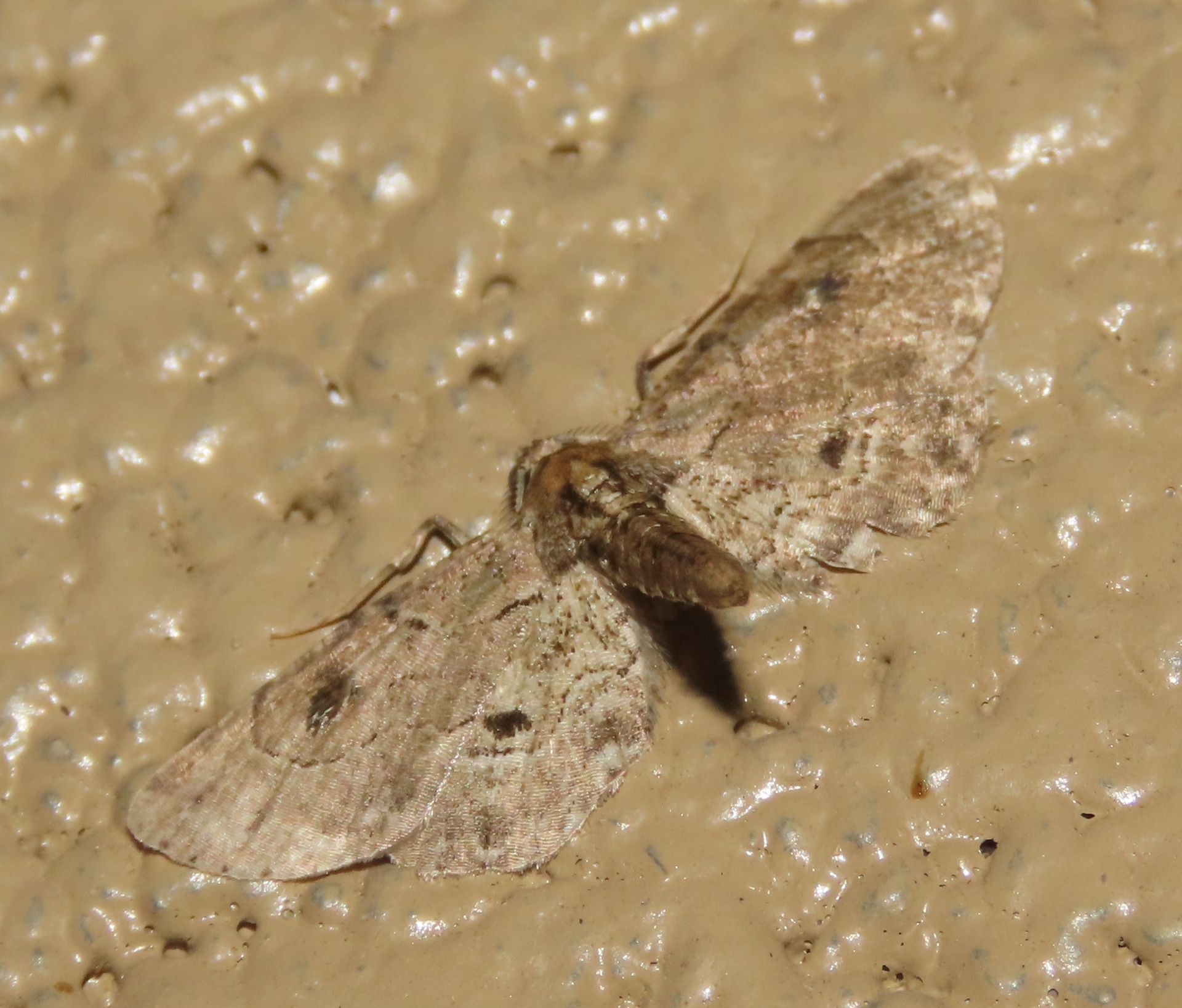
Dotted Tornos (Tornos punctata)
Like the Euacidalias and Protoproutias, this moth generally holds a "T" shape with the hindwings sometimes folded and the abdomen held straight down (although this bug happens to be "sky pointing"). When visible, all wings show a large black discal spot and a thin, meandering PM line. Recorded once at Estero Llano Grande State Park in August.
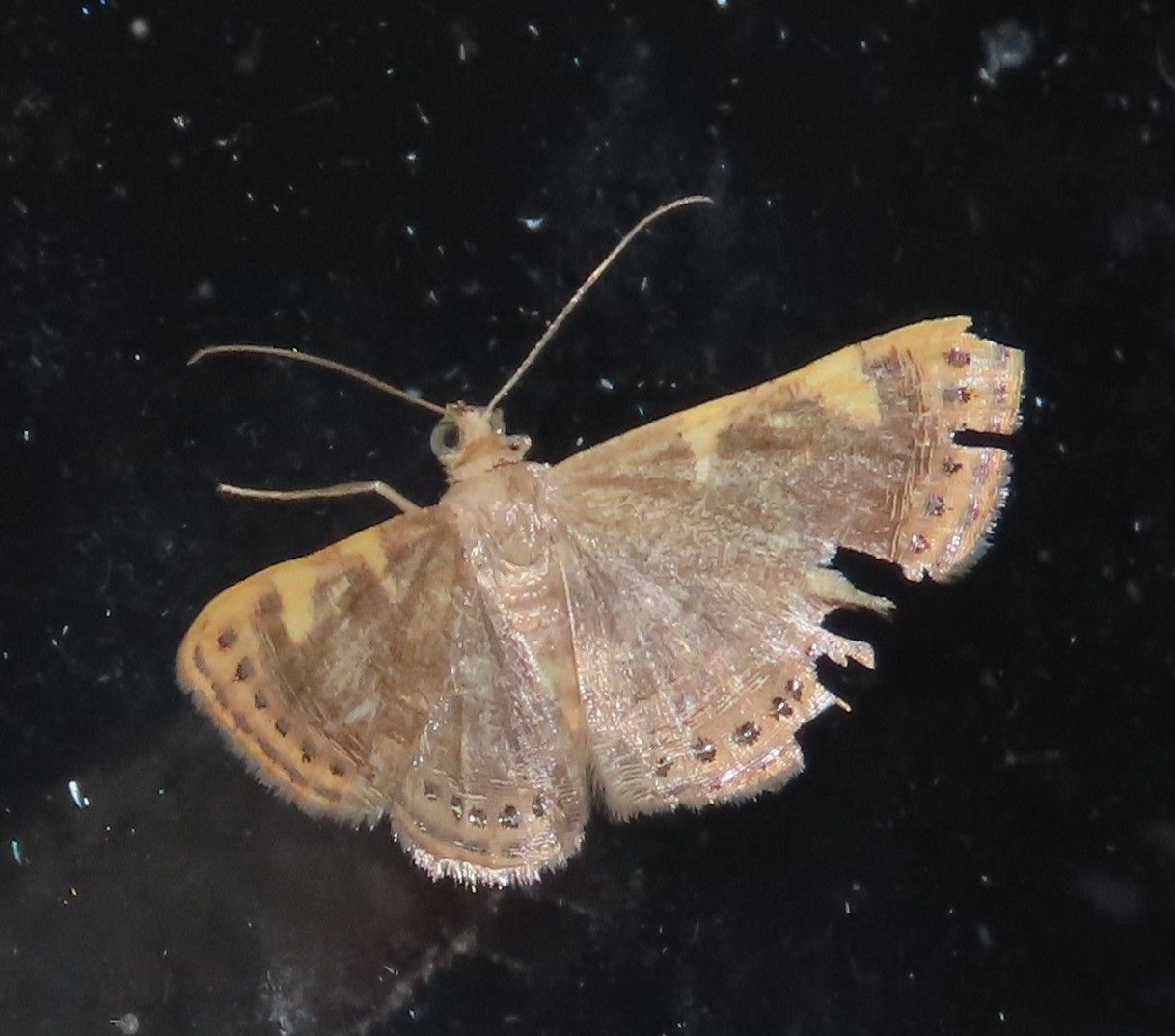
Aplogompha Moth (Aplogompha polymygmata)
Look for the gemmed spots near the ST line, and the contrasting buffy patches on the forewing costa (although these patches can sometimes bleed into the AM and PM areas). Recorded once in Alamo in September.
